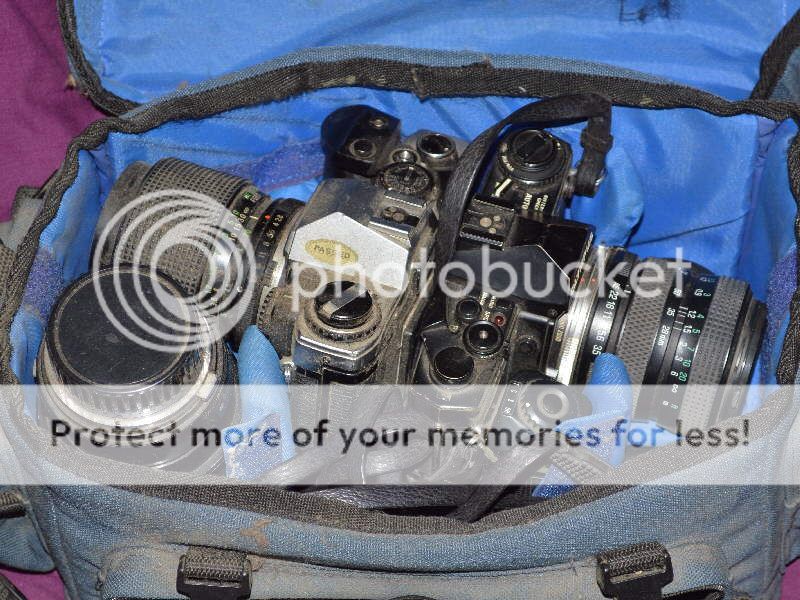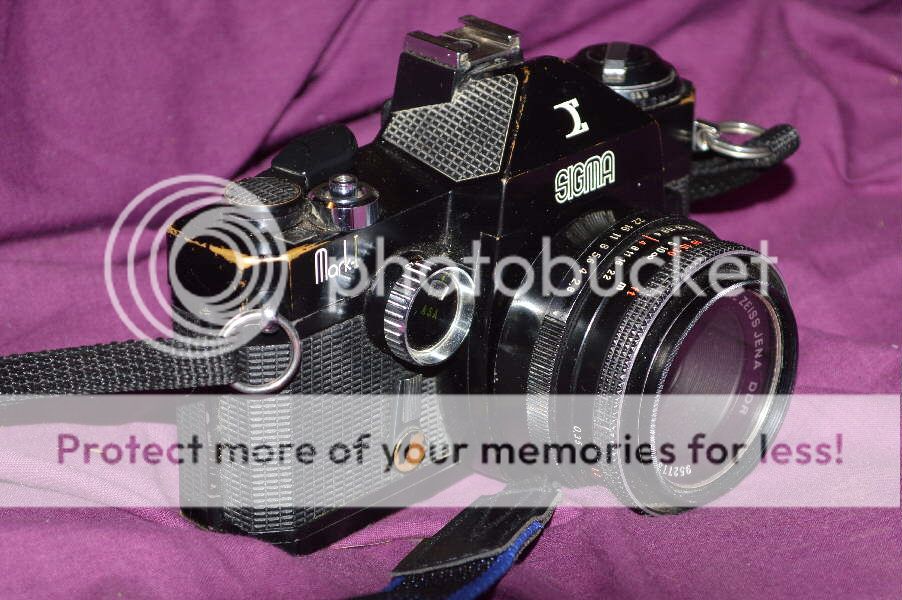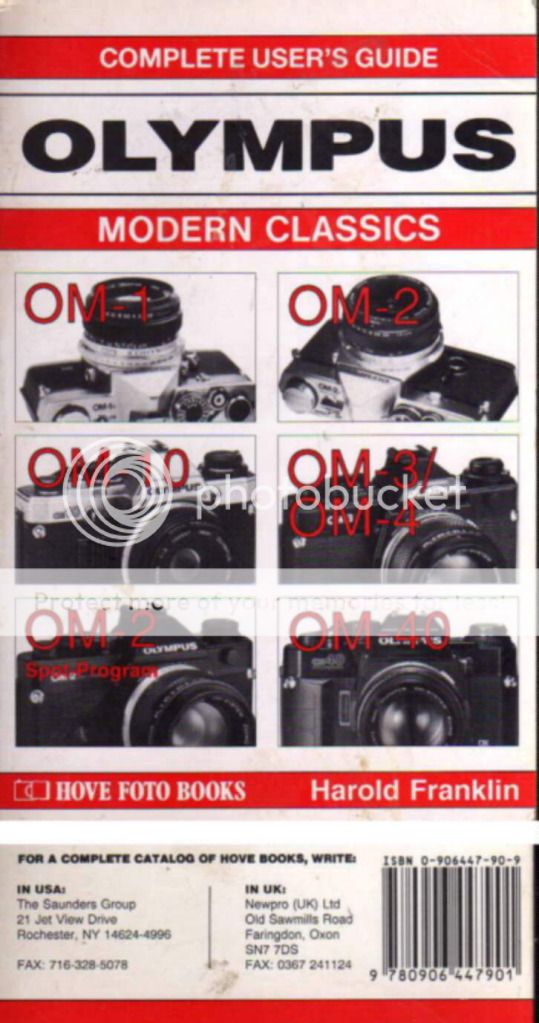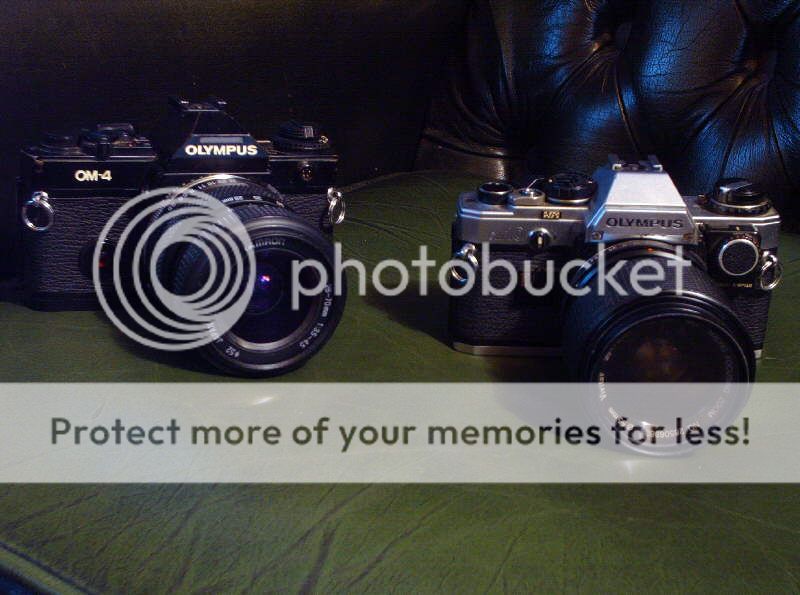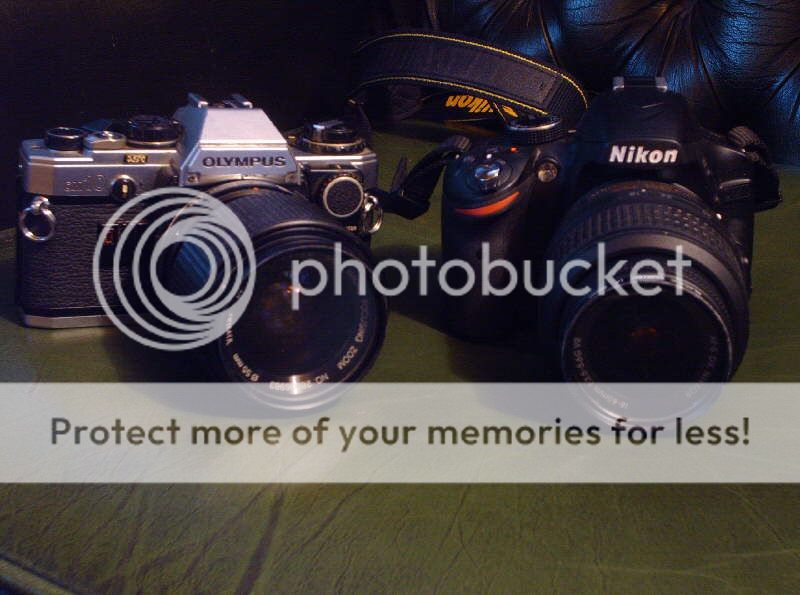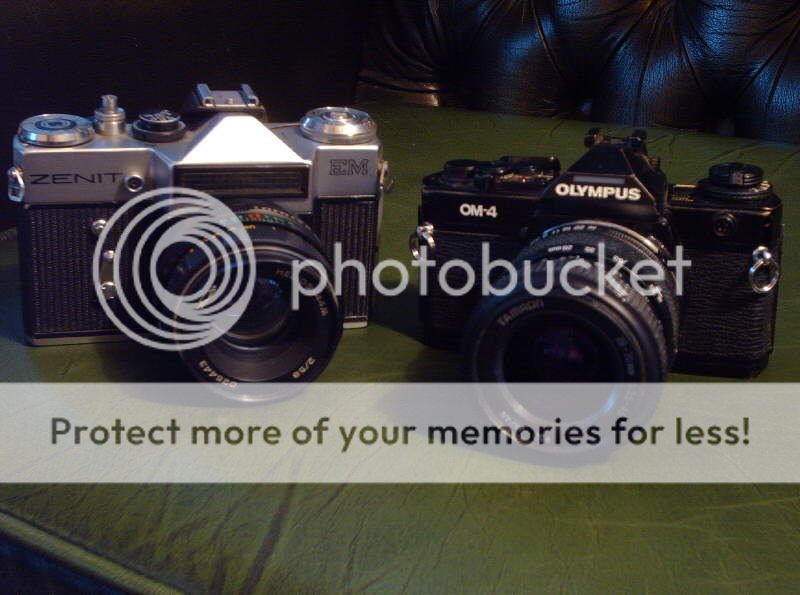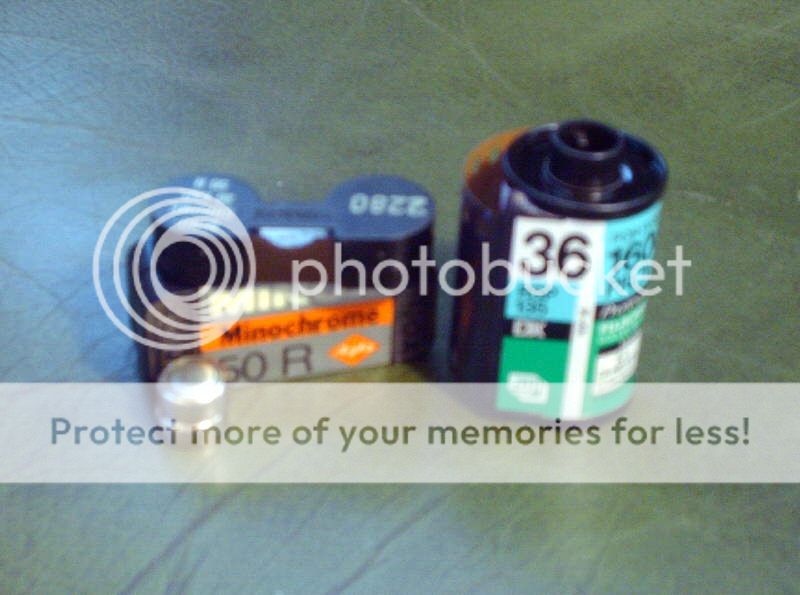Oh dear, that bag has been on the shelf FAR too long!
Well there are mine! As packed away the last time they were used, probably a decade or more ago. a 10 and a 4.
To the original question, "how good were they?"
Well.... I got my first one, a 10, in 1989. I stuck with the system a decade; it had one thing going for it, for me. It was unloved, and cheap!
Through Uni, I HAMMERED OM10 bodies. I think I went through probably four or five; all bought for probably less than a tenner. I really cannot say that the reputation for reliability or durability was utterly unwarranted. The 10 was most definitely a bit of 'amateur' kit, built down to a price and weight. For most amateurs, treating the camera as a precious artifact, and using it seldom, I suppose it was more than adequate. Only one I ever utterly 'killed' was destroyed by flood, when a college band, I happened to be snapping, was SO bad, a beer-shower refused to dislodge them from the stage.... so some-one decided to open up a fire hose! Using that as a book-mark of what they had to put up with..... I think they did rather well all considered!
I came to the system, after its hay-day. It had had a fairly strong following in the 70's & 80's I believe; they were generally light, compact, sophisticated, and affordable. 'Off The Film' metering was on of their many novelties; the OM series badge being a representation of the metering-matrix on the shutter curtain, and long, automatic exposures, in low light, their party piece.
My father was an OM 'Fan', and attempted to collect a full arsenal of each model, and I have the OM Series 'book' some-where, if any-one is interested enough to get me to dig it out. Seems that Olympus were out to push the boundaries and get a lot of firsts to market, where others were more concerned with making sure it worked properly and reliability, or just concentrating on what was already proven.
Looking at the kit now; well, If I was going to go buy some button cell batteries and a roll of film to put through 'something'... it probably wouldn't be the OM4... it would be this.
A Sigma MK1... yes, from independent lens maker, who attempted to suggest that their auto-focus SA1 in the mid 90's was their first ever SLR...... mine says 'Made in Japan' and I think 1970 on the bottom!
Anyway, simple, fully mechanical M42 Pentax Copy, with CWA TTL swing needle meter in view-finder..... it's a very easy handling and satisfying camera to use. I built up a 'retro' kit of prime lenses and period 60's/70's accessories around it, and it was my preferred camera for landscapes and portraits, or anything I had time to 'think' about.
The OM's, with a pair of Vivitar Series-1 'one-touch' zooms, and aperture priority automatic exposure control, were quick and easy, in comparison, and what I took for rock-gigs, motor-sport, or any kind of 'action' photography.
Fitted with winders, I found enormously improved the handling of the OM's, especially with a zoom lens. Which rather suggests that the notion of a 'compact' SLR was to some degree redundant. Something I recall magazines commenting on, when APS came out...
As for how good they were? or are?
Well, I have been pondering... does it REALLY matter?
Looking back over my old neg-archive as I have been trying to scan it up to 'puter... the film stock I used was FAR more significant to image quality than the camera it was in, I think! Certainly ruing student economics, buying cheap Croatian slide film and push-processing, because it was quarter the price of high ASA Fuji!
The technical merits of the camera, and even the optics, to a large degree are so often so hugely over rated, and given far more credit for making 'good' pictures than they really have ability to influence, and it's really only at the very limits of operation, that any one camera, or lens offers any 'edge' over another, whether its an extra stop of aperture, or shutter, or ASA rating; or meter mode or whatever.... which, is rarely a shot stopper.
I think that as a bit of photographic history, the OM Series is certainly interesting, and the marque did an awful lot to make photography easier, and push technology ahead, which they probably aren't given so much credit for.
But ultimately, the system was redundant before I started using it, and probably deservedly. Fills a link in the evolutionary chain, but, its neither nor. It was, in the early 80's avante-guarde, and promoting faster photography, but in the early 90's Olympus all but abandoned the system, seeing the future in 'integrated' cameras, offering ever more feature packed compacts and I recall, as my Grandad bought one... a non interchangeable lens, half frame SLR. Looking back, Olympus were probably a very long way ahead of the game; and that fixed lens SLR, pre-dated the trend towards super-zooms, and SLR's living almost their entire life without ever having the lens swapped, and the Mjui, which superseded the old XA, packing motor-wind and integrated flash, and DX coding into a pocket camera, culminating in the late 90's with the Mjui-zoom... a pocket 'range-finder' with zoom capability, providing inspiration for the modern digital zoom compacts and their evolution into 'bridge'. The company certainly paved the way ahead, and the OM series certainly played an influential part.... and yeah.. they were 'good' cameras, and they held their head up among their peers, for a very long time.





 I wasn't just refferring to the one you mentioned but I would be interested. Only thing is, if it's in good serviceable condition, it maybe worth preserving and selling it on to somebody who will make use of it. I'd probably be better finding a basket case with a good prism.
I wasn't just refferring to the one you mentioned but I would be interested. Only thing is, if it's in good serviceable condition, it maybe worth preserving and selling it on to somebody who will make use of it. I'd probably be better finding a basket case with a good prism.